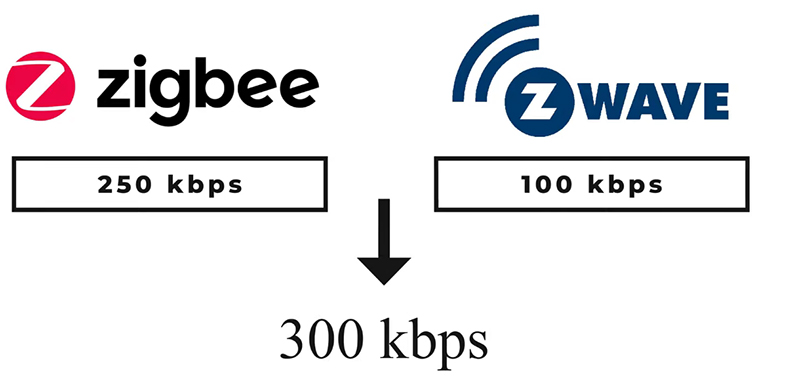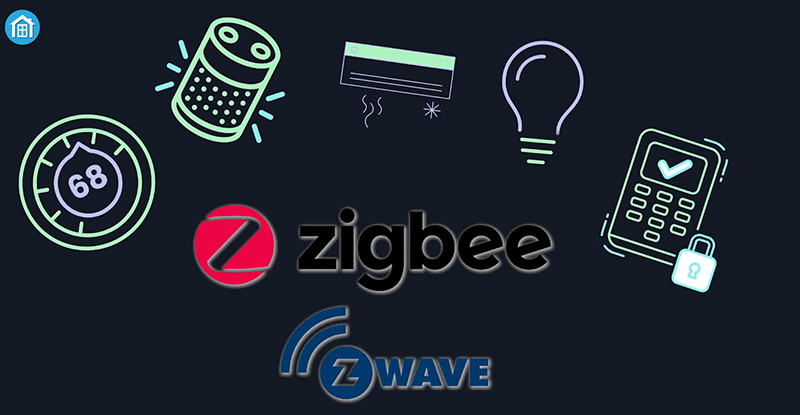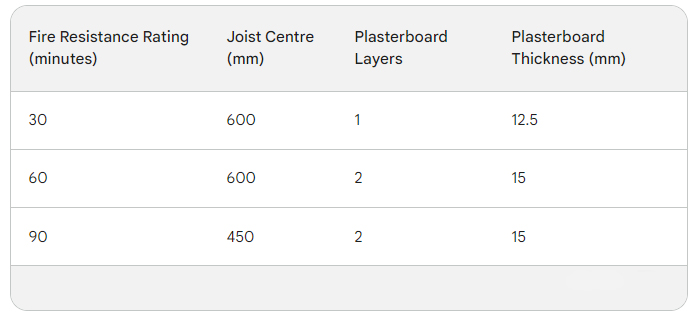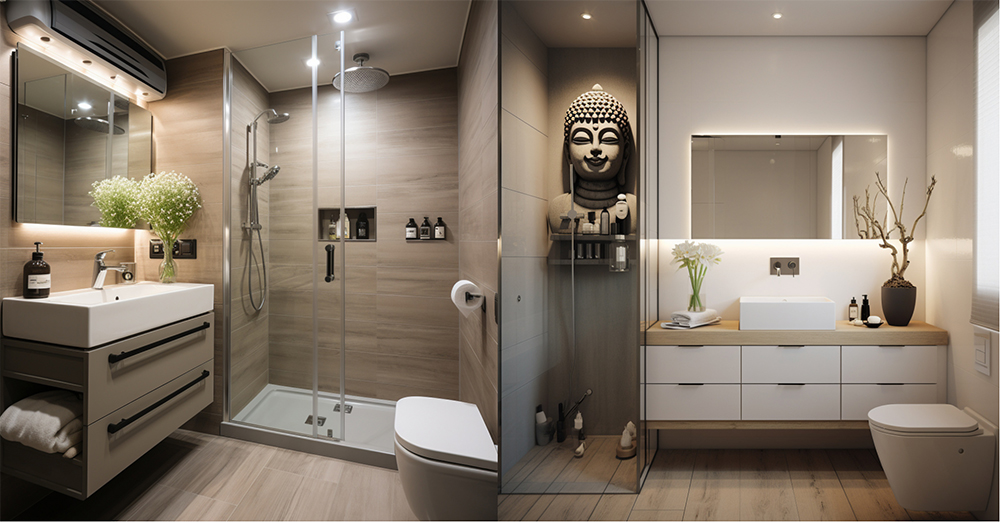Literally every smart device you put your hands on is connected with some type of network, such as bluetooth or Wi-Fi. Seeing as how smart devices are rapidly updating, you might think that your devices might have every important wireless protocol covered, but sadly no. There are a couple of other networks with similar names that are actually quite widespread in the consumer space, like zigbee and z-wave in the smart home automation. But what makes them different from Wi-Fi? Because you may notice most of the smart home device are connected to Wi-fi alongside of zigbee and Z-Wave. In this passage, we’ll try to find our exactly those things and which one is suitable for your smart home. That being said, let’s get right into it.

The Zigbe+ss and Z-Wave are primarily focused on smart home applications rather than other kinds of date transmission, but hold on a second, you might be wondering you have Wi-Fi control appliance that work just fine. Why do you need totally different protocols to unlock your front door from your palm? It turns out that zigbee and z-wave have real technical advantage that make them better performing and more reliable for home automation. A big one is power consumption. You may already notice that your home Wi-fi is incredibly versatile, because it hogs a lot of power which makes sense considering your wi-fi is used for bandwidth heavy application like streaming video and gaming. But you simply don’t need a whole lot of bandwidth to tell your smart door lock to lock or unlock the door or control other smart appliances. This means that you don’t need a lot of speed which result in huge power savings if you use a battery powered doorbell or a security camera. However, both zigbee and z-wave operate speeds below 300 kpbs, meaning that they aren’t much faster than an old dial up modem, but the result is power savings, and this is the reason that many smart devices last for years without needing a battery swap.

Lots of people might be thinking that bluetooh is also quite a low protocol, so why don’t we just use that? Exactly not. Because bluetooth device only works fine when the main device such as your smartphone is in the bluetooth coverage and once you take away the device from the bluetooth range, it will automatically lose its connection. This can be a vital problem if you’re trying to deploy smart home tech in something than a small apartment.

However, zigbee and z-wave work as a mesh network where each device acts as a node to deliver the signal onto the target device. For example, if your hub is on the downstairs and the thermostat, you try to control is on the third floor, your signal can be routed through your other smart devices to get there. On the other hand, if we talk about the z-wave specifically, it operates on a lower frequency than WiFi, meaning loner ranges between nodes. Zigbee operate more congested 2.4 gigahertz bandwidth which is often used by Wi-Fi though it make up for this limitation, somewhat by being able to hop through as many devices as they need whereas z-wave is just limited to four hops. And remember that whichever protocol you use many battery power smart home devices aren’t designed to be used as hubs since this would drain the battery faster.
On the subject of limitations the biggest drawback for most people with either zigbee or z-wave is the need for a central hub to control your gadgets. Since neither typical routers nor smartphones or tablets come with zigbee or z-wave support built in you’ll need a hub of some sort that connects to your router, so that your phone tablet or computer can talk to it via Wi-Fi. It will then send a zigbee or z-wave signal to the device you are trying to control. So in this way they’re not as straightforward as Wi-Fi, but seeing us so many iot device have adopted zigbee and z-wave.
The question may arise which one is the best. To be honest, it depends on you whereas most of the smartphone appliance feature Wi-Fi connectivity but cannot integrate with each other. On the other hand, zi-wave has a longer range better interoperability as a proprietary standard. The zigbee has flourished at the commercial automation space. But has seen slower to ramp in the consumer smarter market. Thus that was all about the Wi-Fi all about the Wi-Fi versus zigbee versus Z-wave.











